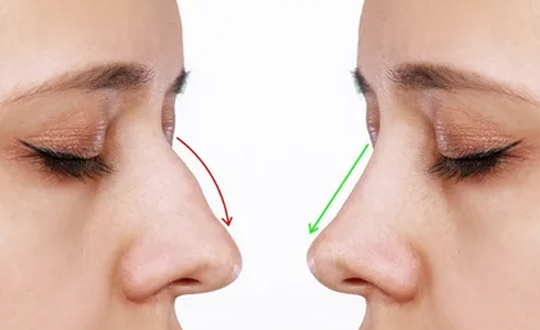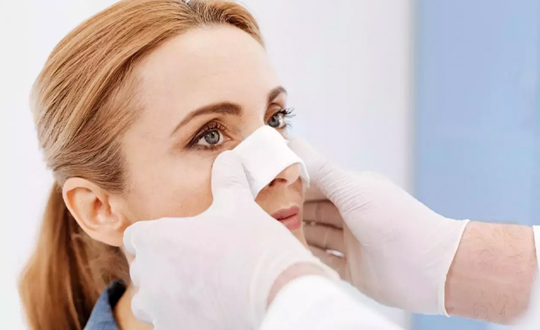Rhinoplasty, also known as a nose job, is a cosmetic surgery that has become popular worldwide in the last few decades. The surgery intends to reshape the size of the nose and give it a more aesthetic shape that goes with the overall face structure of the patient. Apart from its aesthetic concerns, a nose job can also treat any medical conditions such as breathing problems, sinus problems, or any defects the nose suffers from. With one surgery, you can change the shape of your nose, get the desired look, and treat your medical issues.
Over the years, with improvements in the plastic surgery field, techniques for nose jobs in Turkey have also been developed. Three main techniques are used in Rhinoplasty operations: Closed, Open, and lastly Ethnic Rhinoplasty. Plastic surgeons have to use general anesthesia in all of these surgical procedures.


